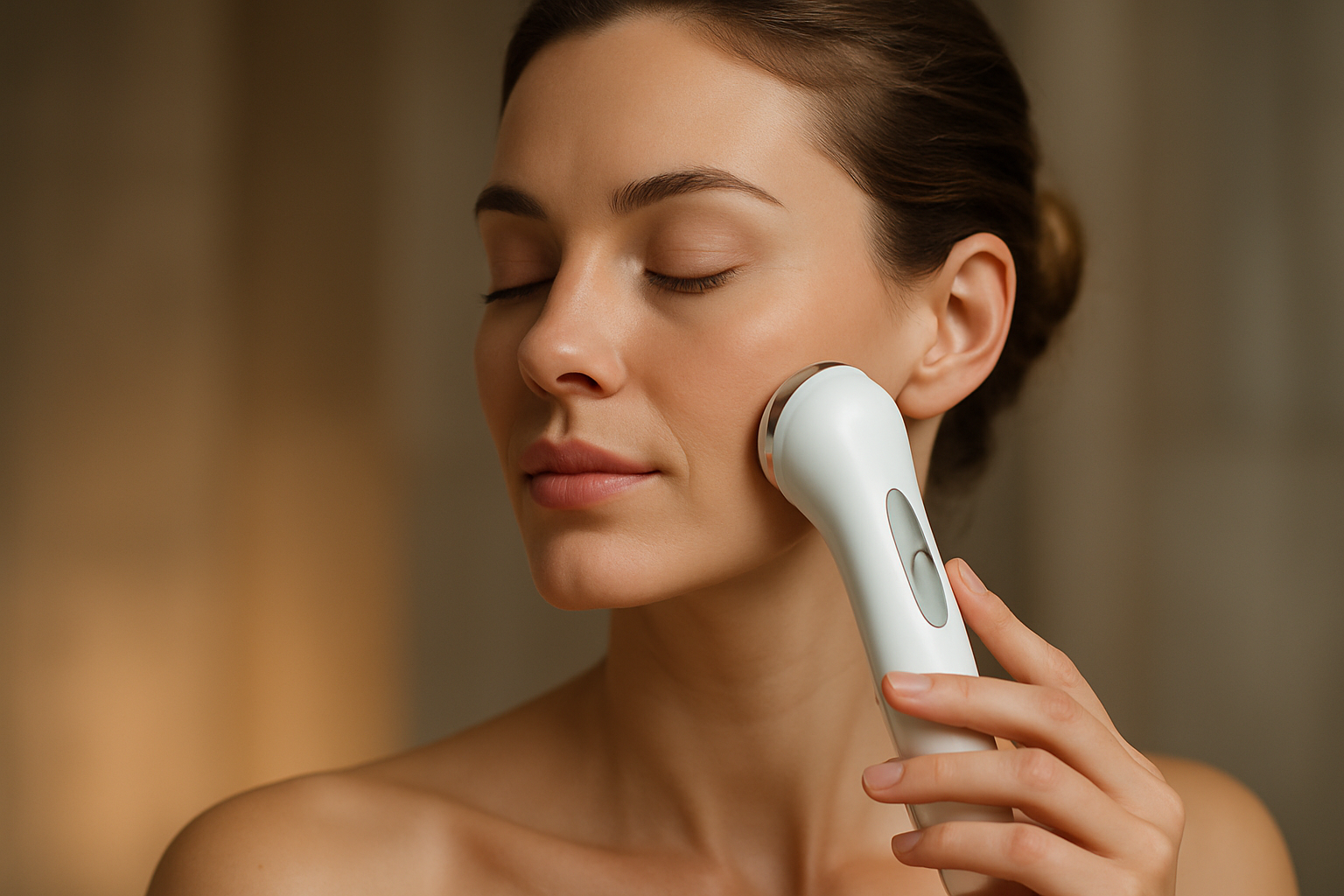Explore helpful tips on managing eye area concerns naturally
The delicate skin around our eyes often reveals signs of stress, lack of sleep, and aging before other facial areas. From puffiness and dark circles to fine lines, these eye area concerns can affect anyone. Fortunately, there are numerous natural approaches that can help revitalize this sensitive region without harsh chemicals or invasive procedures.

The skin around our eyes is approximately 40% thinner than the rest of our face, making it particularly vulnerable to environmental factors, lifestyle habits, and natural aging processes. This delicate area often displays the first visible signs of fatigue, dehydration, and stress through puffiness, dark circles, and fine lines. While many turn to expensive creams or medical procedures, natural approaches can be equally effective for many common eye area concerns. By incorporating gentle routines, proper hydration, and mindful lifestyle adjustments, you can significantly improve the appearance and comfort of your eye area.
Gentle daily routines for effective eye area care
Establishing a consistent, gentle care routine specifically for the eye area can make a substantial difference in appearance and comfort. Begin by always removing eye makeup before bed using oil-based removers that don’t require rubbing or tugging. When applying products, use your ring finger (which naturally applies the least pressure) and pat gently rather than rubbing or pulling the delicate skin. Cold compresses made from cucumber slices, chilled tea bags, or refrigerated metal spoons can help reduce morning puffiness by constricting blood vessels. For a simple daily ritual, try mixing a drop of rosehip or vitamin E oil with your regular eye cream for added nourishment without heaviness.
Hydration strategies for brighter, refreshed eyes
Proper hydration plays a crucial role in maintaining the appearance of the eye area. Internally, aim to consume at least eight glasses of water daily to keep skin cells plump and functioning optimally. Externally, look for eye products containing humectants like hyaluronic acid, which can hold up to 1,000 times its weight in water, drawing moisture to the skin surface. Aloe vera gel stored in the refrigerator makes an excellent natural hydrating mask for the eye area, delivering cooling relief while boosting moisture levels. Another effective approach is using a humidifier in your bedroom, particularly during winter months or in dry climates, to prevent moisture loss from the skin while you sleep.
Lifestyle modifications for improved eye area health
Several lifestyle factors directly impact the appearance of the eye area. Prioritizing 7-8 hours of quality sleep allows your body to repair and regenerate skin cells. Elevating your head slightly while sleeping can prevent fluid accumulation that leads to morning puffiness. Reducing salt intake helps minimize water retention that contributes to eye bags, while limiting alcohol consumption prevents dehydration that can accentuate fine lines. Managing screen time and taking regular breaks during computer work reduces eye strain that can lead to squinting and premature wrinkles. Additionally, wearing UV-protective sunglasses year-round shields the delicate eye area from sun damage that accelerates aging.
Natural solutions for addressing dark under-eye circles
Dark circles can result from various factors including genetics, pigmentation, visible blood vessels, or shadows from eye hollows. Potato slices applied to closed eyes for 10-15 minutes can help lighten dark circles due to their natural bleaching enzymes. Cold milk compresses work similarly, with lactic acid gently exfoliating while proteins nourish the skin. Regular application of vitamin K-rich almond oil helps strengthen capillary walls, reducing their visibility under thin skin. For those with allergies contributing to dark circles, local honey consumption may help reduce histamine responses, while cold chamomile tea bags provide anti-inflammatory benefits that can diminish discoloration.
Soothing techniques for puffy eyes and irritation
Eye puffiness often results from fluid retention, allergies, or inflammatory responses. Chilled green tea bags placed on closed eyes for 10 minutes deliver antioxidants and tannins that constrict blood vessels while reducing inflammation. A gentle lymphatic drainage massage using clean fingertips can help move accumulated fluid away from the eye area—start at the inner corner and work outward using very light pressure. Witch hazel, a natural astringent, can temporarily tighten skin when applied with a cotton pad. For allergy-related puffiness, avoiding known triggers and washing pillowcases weekly in hot water can reduce exposure to dust mites and other allergens that may contribute to eye irritation.
Nutritional approaches for eye area improvement
What you eat significantly impacts your skin’s appearance, particularly around the eyes. Foods rich in omega-3 fatty acids like salmon, walnuts, and flaxseeds help maintain skin elasticity and reduce inflammation. Antioxidant-packed colorful fruits and vegetables—especially those containing vitamin C—support collagen production that keeps skin firm. Reducing processed foods high in refined sugars and carbohydrates can prevent glycation, a process that damages collagen fibers and accelerates aging. Staying well-hydrated by consuming water-rich foods like cucumber, watermelon, and celery complements your water intake. Some studies suggest that zinc-rich foods like pumpkin seeds and oysters may help with skin repair processes, while vitamin E from avocados and almonds provides protection against oxidative damage.
The journey to healthier-looking eyes doesn’t require expensive treatments or procedures. By incorporating these natural approaches into your daily routine, you can effectively address common eye area concerns while nurturing this delicate skin. Remember that consistency is key—natural remedies typically show gradual improvement rather than overnight results, but their cumulative effects can be significant and sustainable over time.
This article is for informational purposes only and should not be considered medical advice. Please consult a qualified healthcare professional for personalized guidance and treatment.


